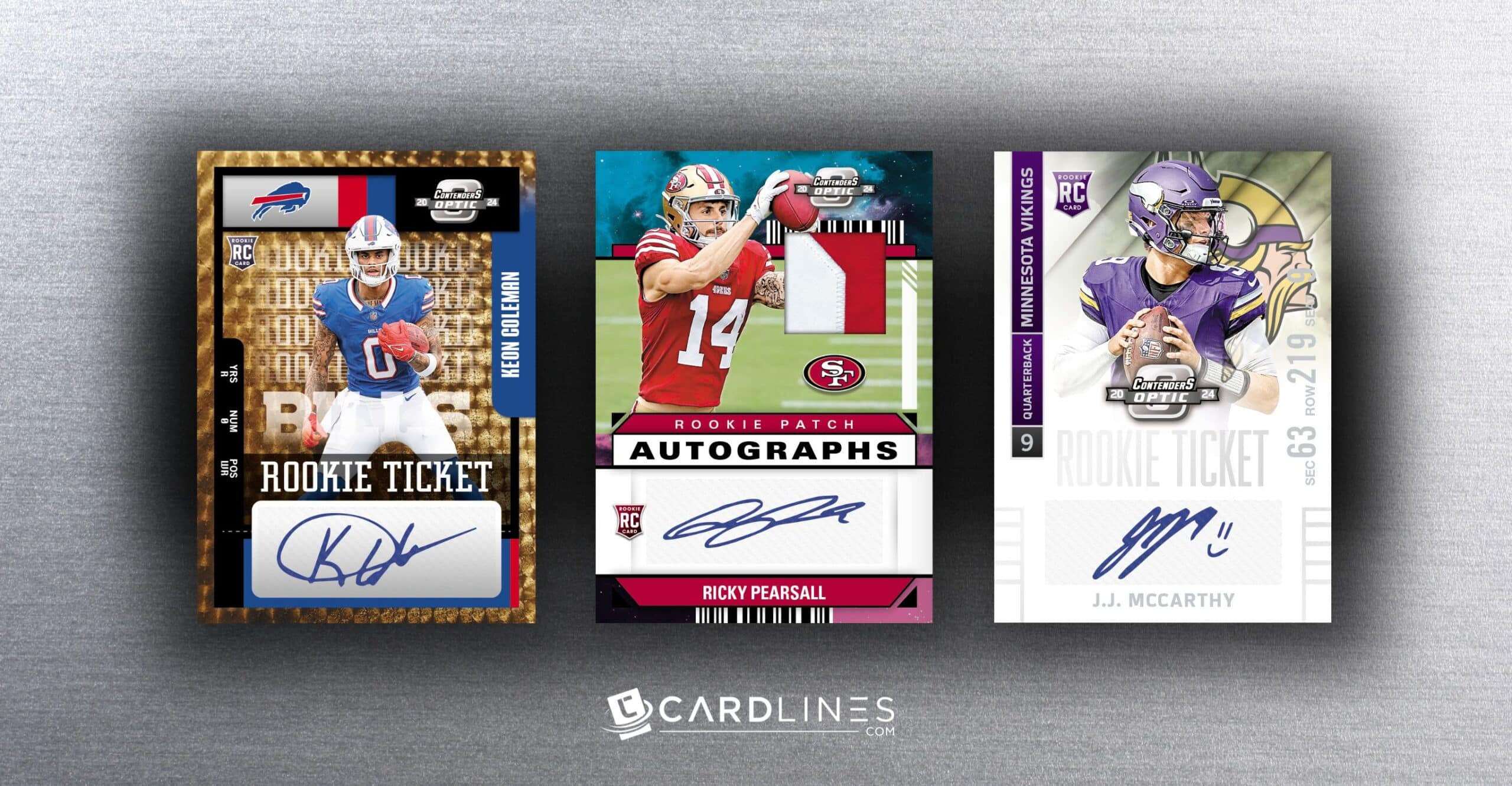
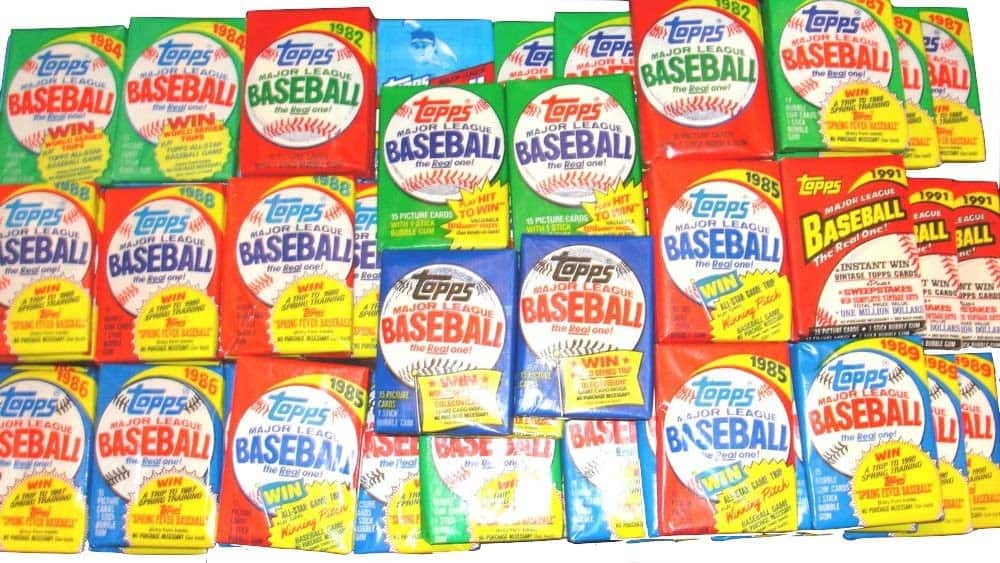
Three seemingly innocent words represent the darkest scar in the history of sports cards collecting: the Junk Wax Era.
If you’re new to collecting or have never heard about this time, just ask any collector from the late 80s and early 90s. They will tell you all about it.
In this post, we will look back at what this means for collectors. In the process, we will evaluate what went wrong back then and look for some diamonds in the rough. Finally, we will answer the question on everyone’s minds: are we headed for a new junk wax era?
While the exact years of the Junk Wax Era are a bit fluid, we’ll loosely define the period as the years from 1987-1995.
Sports cards became incredibly popular and something many collectors saw as a viable financial investment. Still, ironically, many of those cards are now some of the least valuable cards in circulation.

Every veteran collector associates these tacky designs with low value. (Picture taken from the Sporting News).
Several different factors were responsible for the Junk Wax Era. Let’s look at them.
The inciting incident is the speculation. When the masses decided that sports cards might be an excellent long-term investment, cards became treated like stocks or precious metals: a long-term store of value. At least, that was the hope.
The speculation led to the hype: media coverage, features, and the all-important rise of the Beckett Price Guides. Suddenly cards had numbers to go with them. Therefore, and it became easier to track the “value” of cards. After all, this was before eBay.
As the demand vaulted, the companies indulged in overproduction. Topps, Upper Deck, Fleer, and other companies printed as many cards as consumers would buy. And that was a lot of cards.
Some estimate there were around 5 million sets of some cards printed during the period. And as any basic econ course will tell you, overproduction leads to diminished value.
And what did people begin to do with the vast quantity of cards? They began hoarding. With so many cards on the market, it was easy to find and buy complete sets and sealed boxes. People kept them, hoping values will increase.
Finally, the last contributing factor was the lack of legendary players with iconic rookie cards. That doesn’t mean there weren’t talented players coming from those years—Barry Sanders, Shaq, and others would object to that. However, it is no coincidence that the Michael Jordan and Kobe Bryant rookies mark the beginning and end of the junk wax era. For baseball, Derek Jeter played the Kobe role.
No one realized they lived through the “Junk Wax Era,” until the bubble burst and prices plummeted. It is quite a cautionary tale.
Just because it’s known as the Junk Wax Era doesn’t mean all the cards are worthless. Recently, some of these cards have been surging in value.
So, what makes the valuable ones more valuable? If cards can get a high grade, they’re significantly more valuable—and collectors can even look up their population reports and see how many of that grade are in circulation.
For example, the 1989 Topps Traded Barry Sanders rookie only sells for $15, but the PSA 10 sells for around $200. Another example is the 1992 Topps Shaq rookie, which sells for about $20 raw and around $700 as a PSA 10.
And, along with the high-graded rookies, a few Michael Jordan inserts can also demand a premium price.
Perhaps the best thing about the Junk Wax Era is that the cards—even the best rookies—aren’t too expensive, so you can easily pick up a handful and try to grade those that look the best. If you get a high grade, one card could pay off the rest.
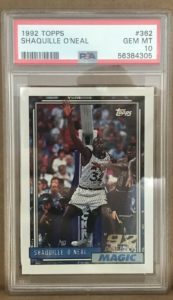
A good PSA 10 rookie from the junk wax era can still be worth your while.
As you read the causes, did you cringe inside because they are eerily familiar? Did you picture the line of grown men standing outside your nearest Target on Friday mornings to fight kids over Pokémon? (Although, Target recently decided to put an end to that by halting the sale of cards).
If you answered yes, your Spidey-senses might be on to something: we seem to be following the same trajectory in many ways.
Let’s look at how the five causes of the Junk Wax Era line up with the current situation:
Looking at this, it seems we are very much in line with the pitfalls of the Junk Wax Era.
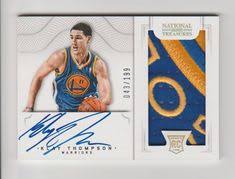
Numbered cards and auto cards are the best way to safeguard the value of your collection. (Photo taken from Pinterest).
However, there are some critical differences. Sealed product prices were kept in check during the Junk Wax Era because several companies competed against each other.
Now, thanks to Panini’s monopoly on NFL and NBA licensing, and Topps cornering the MLB market, producers can charge whatever they want. When prices soar, they have much farther to fall.
There are other factors to help safeguard value. The best anti-junk wax creation in the card industry is the parallel. Particularly the serial numbered version.
Of all five causes of the Junk Wax Era, overproduction is probably the most damaging to long-term value. Meanwhile, parallels are rare. Thanks to serial numbers, collectors know precisely how many are in circulation.
On top of that, autographs are another way to ensure long-term value. While there might be ten-million Ja Morant rookie cards on the market, there will only be so many autographs, and many players don’t sign many. Therefore, they will likely hold value more value than most cards.
There’s a chance that the LaMelo base Prizm cards selling for $100+ right now will be worth less than $10 in a decade. Of course, this is just the opinion of one writer, but in the year 2030, I’d guess they’re much more likely to be worth $10 than $200. And not just LaMelo—any young star.
But parallels and autographs should retain their value a lot better. Consider the scarcity of both when making your next investments.
Now, armed with a better understanding of the Junk Wax Era, take proper precautions to ensure your collection becomes more valuable as time passes. And, most importantly, have fun!
Did you know this SECRET about PSA slabs? #sportscard #tcg
5 EASY tips to make more money on eBay sports cards.
I opened a sports card mystery box and found something AWESOME inside
The SAD story of Collectable. What went wrong? (The Downfall Fractional Sports Card Investing)
what was Panini doing? 🙄
I compared sports card prices from the big sellers to save YOU money
Is GameStop buying PSA? (the truth!)
I ripped an entire case of Phoenix Football (BIG win or MASSIVE loss?)


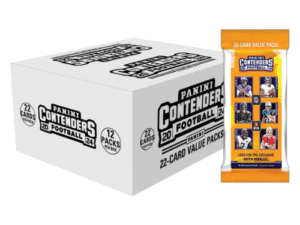

BCW Thick Card Toploaders 197 Pt. 10 per pack

BCW Thick Card 59 Pt. Toploaders. 25 per pack

BCW 20 Pt. Toploaders. 25 per pack
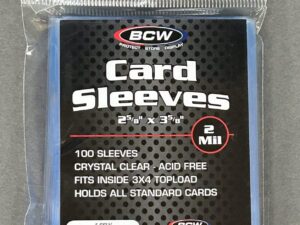
BCW Standard Card Sleeves. 100 per pack
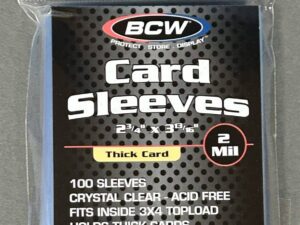
BCW Thick Card Sleeves. 100 per pack

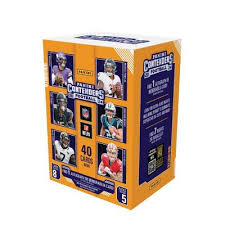
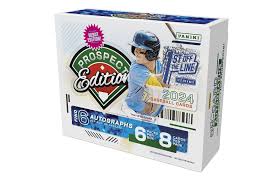
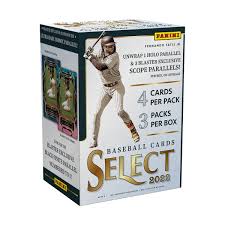
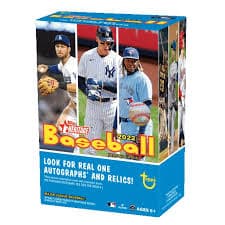
2022 Topps Heritage Baseball Blaster Box Configuration: 7 Packs per Box – 9 Cards per Box. Plus 1 extra pack.
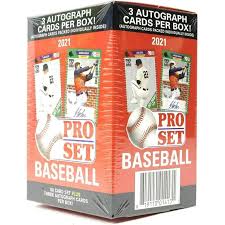
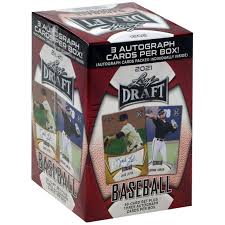
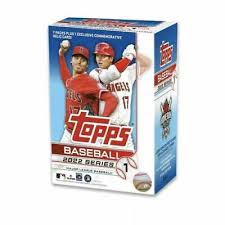
Keep up on breaking Sports Card News, our latest articles, product specials and exclusive content with expert analysis of hobby trends.

© Copyright 2025 - All rights reserved Cardlines.com / Media Techs LLC - Sports Card News, Reviews, Releases and BREAKS - #thehobby.
Important: When you click on links to various merchants on this site and make a purchase, this can result in this site earning a commission. Affiliate programs and affiliations include, but are not limited to, the eBay Partner Network.
Topps Chrome 2024-25 Basketball: Honest Review and Notes
Cardlines 12 hours ago